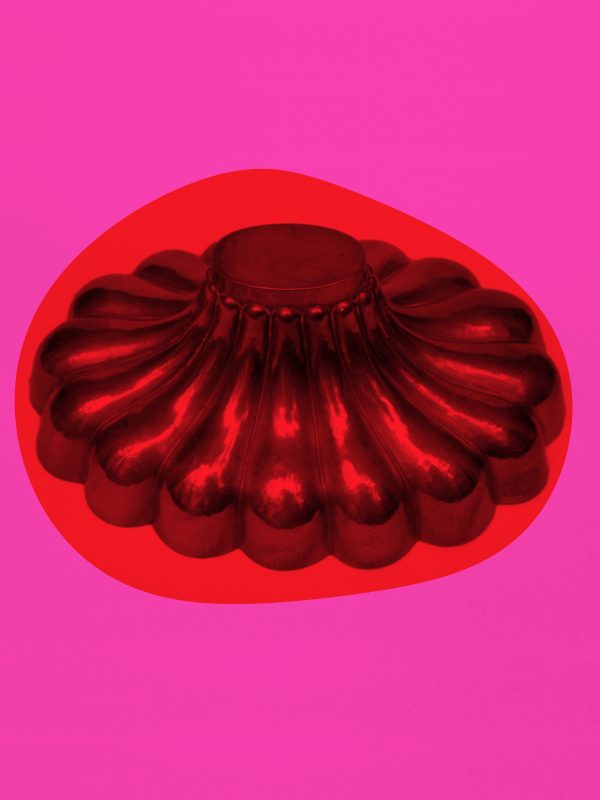Les Douches la Galerie

Les Douches la Galerie grants Carte Blanche to Eric Rémy as part of the exhibition “Dans ma cuisine” from April 10th to July 30th, 2025.
Éric Rémy highlights the Christian Bouqueret-Rémy photographic collection, a remarkable collection of vintage prints covering several key moments in the history of photography: the interwar period in France, the 1950s-1960s in Europe, and the 1980s to 2000s in France. This collection, rich in archives and specialized works, is accessible to researchers and regularly solicited for loans to cultural institutions, notably for the exhibitions Laure Albin Guillot, Germaine Krull, Jean Painlevé, les pieds dans l’eau at the Jeu de Paume, Flou, une histoire photographique at the Musée de l’Élysée in Lausanne, and Thalassa! Thalassa! L’imaginaire de la mer at the Musée des Beaux-Arts in Lausanne.
Continuing the work begun by photography historian Christian Bouqueret, to whom we owe the rediscovery of many twentieth-century photographers, Éric Rémy is committed to bringing this heritage to life and passing it on. Among the artists brought to light thanks to Bouqueret’s work are Laure Albin Guillot, Pierre Boucher, Jean Moral, André Steiner, René Zuber, Roger Catherineau, Anneliese Hager, Dieter Appelt and Gerd Bonfert. After curating his first exhibition, La nature interrogée par les photographes des années trente (2017, Ville de Melle), Éric Rémy has been working with Les Douches la Galerie since 2019. There, he has designed a demanding program combining thematic and monographic exhibitions: La bascule du regard (2019), Les choses de la vie (2020), Roger Catherineau ou l’Irréalisme (2021), Aux frontières du réel (2022), Les formes de l’eau (2023), and Je veux voir de l’art (2024).
A close-up of two keys, a sponge, a bowl, a few ceramic tiles… This photograph by Daniel Masclet, entitled Dans ma cuisine (1939), captures an insignificant corner of his apartment. In so doing, he invites us to take a fresh look at everyday objects, to pay attention to what seems to have no aesthetic value.
This image gives our exhibition its title, and is the starting point for understanding how the kitchen and its objects have become a subject of photographic interest over time.
From the very beginnings of the medium, with La Table servie (circa 1823-30) attributed to Niépce, photography took hold of the codes of still life. Nineteenth-century photographers continued this tradition (Charles Aubry, Adolphe Braun…), often in conjunction with the fine arts.
In the 1930s, modern icons emerged: André Kertész’s Fourchette (1928), Edward Weston’s Poivron (1930). These works marked a turning point, part of a freer, more conceptual vision, in the image of Duchamp and his reinvented everyday objects.
Mass-produced, kitchen objects have become an abundant source of visual material. Some photographers approach them from an advertising angle, while others explore them as a territory of forms and textures to be experimented with: photograms of pasta (Henri Foucault), hybrid fruit (Denis Darzacq), geometric crockery (Kollar, Paris), impossible transparencies (Valérie Belin), intriguing shadows and reflections (Tabard, Tosani).
In this way, the kitchen becomes a veritable laboratory for photographic experimentation, a terrain of expression between triviality and visual poetry.
– Eric Rémy
Exhibition curator
